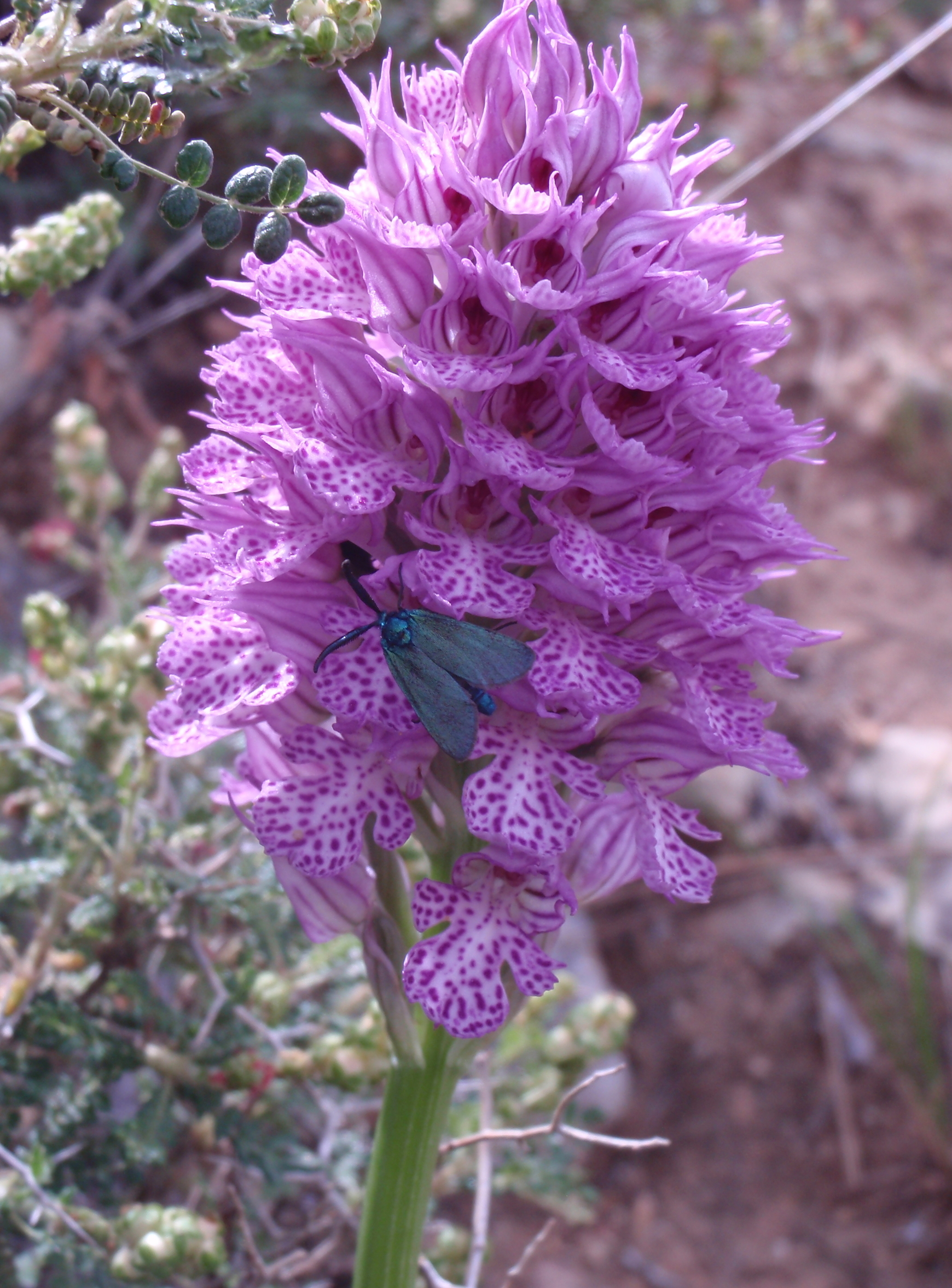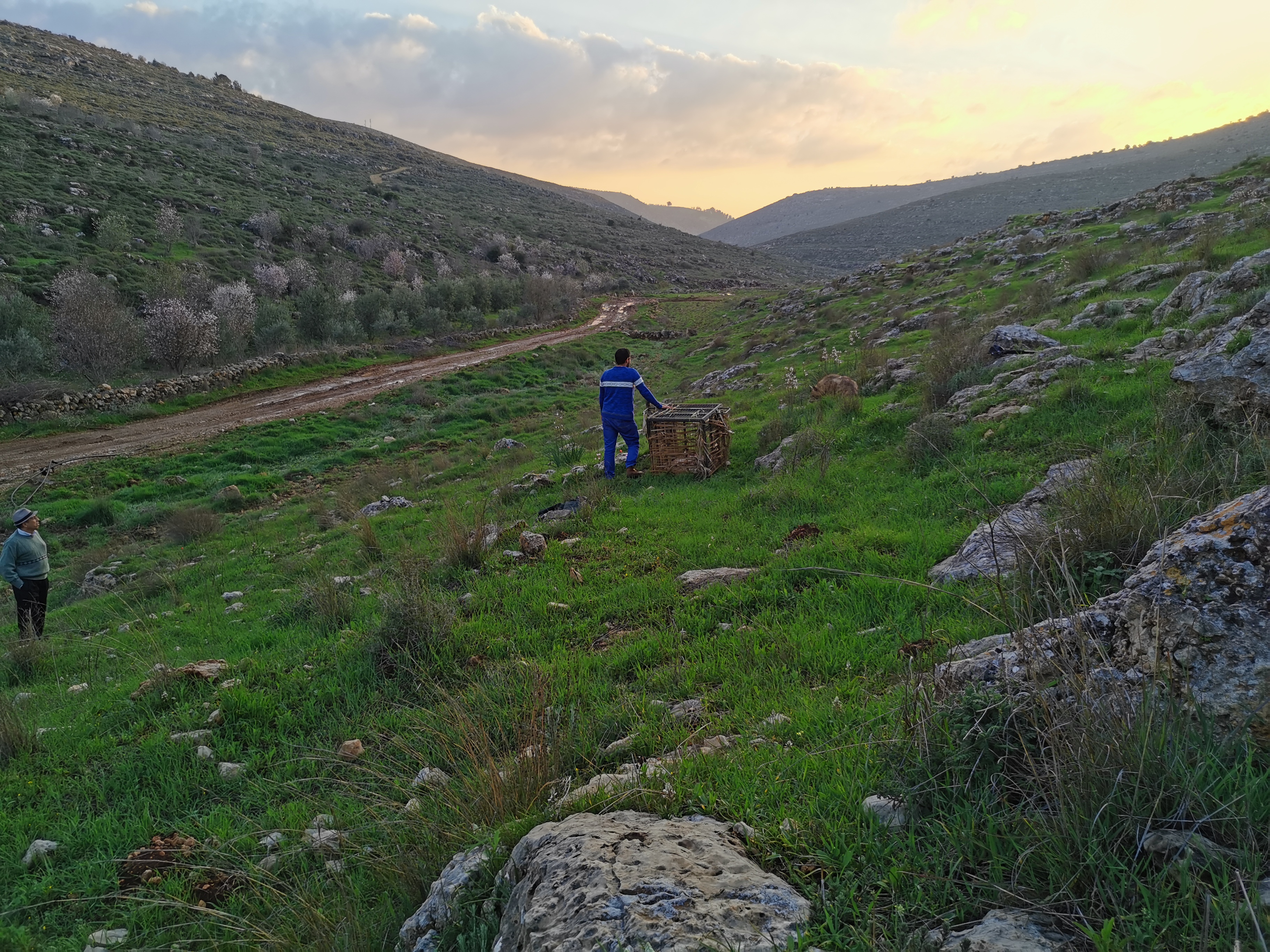Internship during lockdown
Report from Julius
From February to July 2020 I was in Bethlehem at the Palestine Museum of Natural History to complete my practical semester in my ecology studies. The PMNH also includes the Palestine Institute for Biodiversity and Sustainability as well as a Botanical Garden with an attached Community Garden. This institution is based on three pillars: Research, Education and Conservation. Founded in 2014 with the help of volunteers by Dr. Mazin Qumsiyeh and his wife Jessie Chang, the Institute is now part of Bethlehem University. With more than twenty publications annually, it is one of its most productive branches. Meanwhile, a number of volunteers continue to work at the Institute in addition to the seven permanent staff members.
"Only what is known can be preserved actively".
Prof. Mazin Qumsiyeh
The research work is divided between surveys of the flora and fauna of the West Bank to enable analyses of their temporal and spatial changes and, if necessary, to describe new occurrences or species, as well as cytogenetics in the laboratory to study the interactions between man and the environment. Museum work includes the creation, maintenance and exhibition of the collection's holdings. Among other things, the museum houses the most complete collection of grasshoppers, dragonflies and beetles in the region. Parts thereof are presented in the exhibition room, complemented by displays on the environment and general biology. Before Covid-19 took its course, regular visits by school classes were a regular part of the museum's work. More extensive environmental education projects were also carried out with some schools in the surrounding towns such as Beit Jala, Beit Sahour, Artas and, of course, Bethlehem. For example, the hiking trail through the Al-Makhrour Valley, which leads to the UNESCO village of Battir, was cleared of trash together with fifth-graders from several schools. In this way, the museum simultaneously promotes ecotourism and creates links between people and nature. A few months ago, the museum also launched the Palestine Action for the Planet Network (similar to a local, independent group of Extinction Rebellion). In the field of nature conservation, the Institute is active as a reception and rehabilitation center for wildlife. The attached botanical garden also houses a significant number of endangered native plant species. In the near future, the museum is to receive a new building with modern exhibition rooms and workplaces. Currently, it resides in the former dormitory of the university. Since no foreign students, especially from Gaza, are allowed to come to the West Bank, the dormitory has been converted. The formerly unused surrounding wasteland has been upgraded and can rightly be called an "oasis". During the five months I was very closely involved in the activities at the Institute. Not least by the fact that I was able to live in the Institute's guest apartment next to Dr. Mazin's house and that we drove to the Institute together every morning and return home together at the end of the day. My day-to-day activities included caring for the animals on the grounds. Together we successfully released a long-legged buzzard and raised a young eagle owl. There is also an aviary with a pair of peacocks and chickens. The keeping of these farm birds is integrated with the demonstration of the nutrient cycle that is lived throughout the site. Everything is under the maximum of waste prevention. Waste is a very visible problem in the region. There is a large number of open landfills and illegal dumping sites. The aim of the Institute is not only to raise awareness of this environmental problem, but also to contribute to the solutions. For example, recycling and upcycling are promoted and practiced. The walls of the growing facility are made only of wire and PET bottles.
The original project idea was to put the Algae Turf Scrubber system into operation at the museum pond and to carry out a test on the fertilizing ability of the algae mass produced in the process. For this purpose, the pond water is continuously fed by means of a pump over an approximately 30 cm narrow drain. With sufficient nutrients and exposure to light, a layer of algae quickly forms on this runoff, which is harvested, dried and pulverized every 2 to 3 days. As an admixture to degraded soils from the Jericho region, we wanted to investigate whether and how much of it would be beneficial to enhance crop growth optimally. Our concept was almost ready, but then the Corona virus reached the Bethlehem district. A strict lockdown was ordered in the entire West Bank within a few days. Within two weeks all international volunteers left, among them another German, two Norwegians, an Austrian and a Briton. They all had to promise to leave the country directly as soon as they left the West Bank. It was not possible to get through the usual checkpoints any other way; in addition, controls were set up at key road junctions and exits from towns.
 Toothed orchid (Neotinea tridentata)
Toothed orchid (Neotinea tridentata)
So my focus changed to the second project. I was to compile the orchid species in the West Bank and create a distribution map that was as up-to-date as possible. Another goal of my work was to investigate threats to the orchids and to create suitable image and information material for the museum. The majority of flowering plants in the Mediterranean region bloom in spring. This is also true for orchids, which has main flowering season from Februray to April. Exactly in this time the strict lockdown fell, so that the work had to be limited more to data of the last decades. Only in the immediate vicinity of Bethlehem we could make a few trips and document orchids. The result is a scientific article, which was published in March 2021.
Despite the Corona measures, I was able to experience some nice highlights. These include visits to farmers in the region, the release of a striped hyena, and a climbing trip to Wadi Qiniya (see photo). After the provinces reopened at the end of May, we were finally able to go on excursions on the weekends again. During these trips, some of which were at night, we placed small traps for mammals and cameras, collected water samples and a variety of insects and arachnids. After weeks of office work, it was exciting for me to finally see the landscapes and habitats, and the museum's drone was also available to us for this purpose. We also used it to take pictures of the museum garden, which provided us with fresh vegetables and fruit every day. I learned to appreciate and also cook many delicacies during our lunches together. To generate compost for the fruit trees, I was regularly assigned to get organic waste from the wholesale market. We could organize boxes of eggplants, zucchini, tomatoes, cucumbers, cabbage and much more! A large part of it quite edible still. We only had to buy few additional foodstuffs (rice, milk, salt, oil). The olives, which are part of almost every meal, are also from the garden, as well as the fish, which grows in the aquaponic system. Here, tomatoes, spring onions, basil and more useful plants are cultivated in a bed of lava stone and fertilized only with the service water from the fish tanks. In this way, the water is filtered. The only addition of nutrients is through the daily feeding of fish. Both ends can be harvested, that is, the plant provides us with fish and vegetables. Sometimes you can hear a frog croaking from the drainage basin.

The stay in Bethlehem was very different from what I expected. Nevertheless, this experience has enriched me very much, I have learned a lot and through the tasks also really got a taste for the professional field of ecology. My heartfelt thanks go to Dr. Mazin and Jessie for the uncomplicated reception and effort, the entire team of the PMNH and Majd Salsa for his tips.


